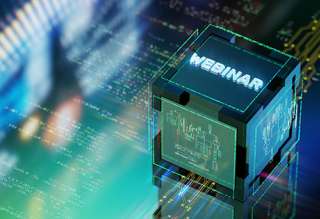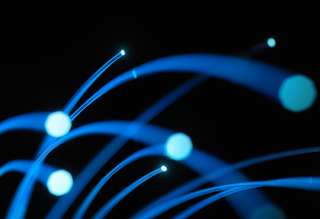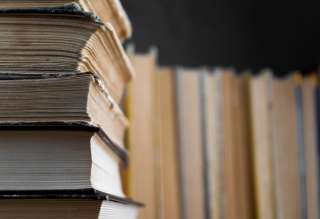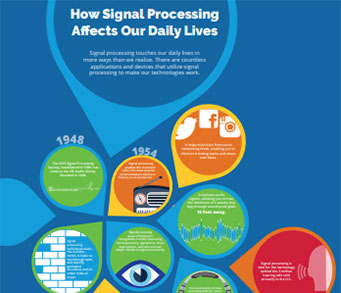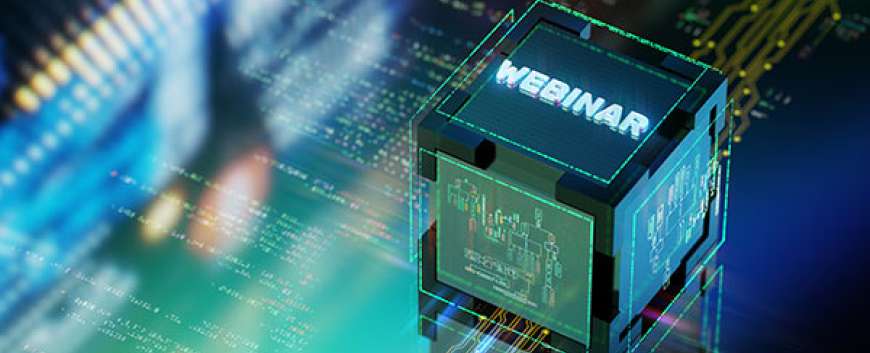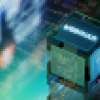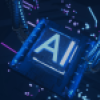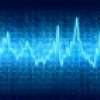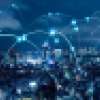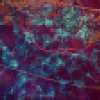SPS BSI Webinar: NeuroAI: From HoloBrain to HoloGraph
Date: 29 August 2025
Time: 1:00 PM ET (New York Time)
Presenter: Dr. Guorong Wu
Meeting information:
Meeting number: 2533 448 5616
Password: SXf2MW3qZP2 (79326937 when dialing from a phone or video system)
Join by phone:
+1-415-655-0002 US Toll
Access code: 253 344 85616
https://gsumeetings.webex.com/gsumeetings/j.php?MTID=m6a0549f171a541497342a12216d00343
Join us Friday, August 29th, 2025, at 1:00 PM ET for an exciting virtual talk by Dr. Guorong Wu entitled: “NeuroAI: From HoloBrain to HoloGraph” as part of the activities of the Brain Space Initiative, co-sponsored by the Center for Translational Research in Neuroimaging and Data Science (TReNDS) and the Data Science Initiative, IEEE Signal Processing Society.
Abstract
NeuroAI: From HoloBrain to HoloGraph
In both neuroscience and artificial intelligence (AI) fields, it is well-established that neural “coupling” gives rise to dynamically distributed systems. These systems exhibit self-organized spatiotemporal patterns of synchronized neural oscillations, enabling the representation of abstract concepts. To that end, we hypothesize that a new understanding of the neural mechanisms that determine brain rhythms could inspire next-generation design principles for machine learning algorithms, leading to greater efficiency and robustness. Following the principle of wave-to-wave interference in holography, we conceptualize that the evolving brain rhythm is shaped by the interference between spontaneously synchronized neural oscillations throughout the brain cortex (termed HoloBrain). Since graph data is also both structurally interconnected and behaviorally dynamic, we hypothesize that the success of modeling brain rhythms via an artificial dynamic system of coupled oscillations gives rise to the “first principle” for emerging brain-inspired machine intelligence through the common mechanism of synchronization (termed HoloGraph). By considering each graph node as an oscillator coupled with others, we push the limits of current graph neural networks (GNNs) from the cliché of graph heat diffusion to a new realm of compressing graph feature representation via oscillatory synchronization. Our experiments show that our new graph learning mechanism not only effectively addresses the over-smoothing issue in GNNs but also manifests the potential of reasoning and solving challenging problems on graphs..
Biography

Dr. Guorong Wu
Guorong Wu received the Ph.D. degree in Computer Science and Engineering from Shanghai Jiao Tong University, China.
He is currently an Associate Professor in the Department of Psychiatry at the University of North Carolina at Chapel Hill, with joint appointments in the Departments of Computer Science, Statistics and Operations Research, and the Neuroscience Center. His research focuses on developing fast and robust methods for large-scale population data analysis, computer-assisted diagnosis, and image-guided radiation therapy.
Dr. Wu has authored more than 200 publications in international journals and conference proceedings. In 2016, he received the NIH Independent Career Award for his contributions to non-invasive neurobiological approaches for the early diagnosis of Alzheimer’s disease, and in 2017, he received the MICCAI Best Paper Award. Since 2019, Dr. Wu has served as an Associate Editor for Neuroinformatics and the Journal of Alzheimer’s Disease.
Recommended Articles:
- Dan, T, Wei, Z, Kim, W., Wu, G, “Exploring the Enigma of Neural Dynamics Through A Scattering-Transform Mixer Landscape for Riemannian Manifold”, The 41th International Conference on Machine Learning (ICML 2024). (Link to Paper).
- Liu, H, Dan, T, Huang, Z, Yang, D, Kim, W, Kim, M, Laurienti, P, Wu, G, HoloBrain: A Harmonic Holography for Stereotyped Brain Function, International Conference of Information Processing in Medical Imaging (IPMI 2023). (Link to Paper).

